Peripheral Nerve Block Injections of Cellular Therapy and Stem Cells for Musculoskeletal Diseases and Orthopedic Conditions
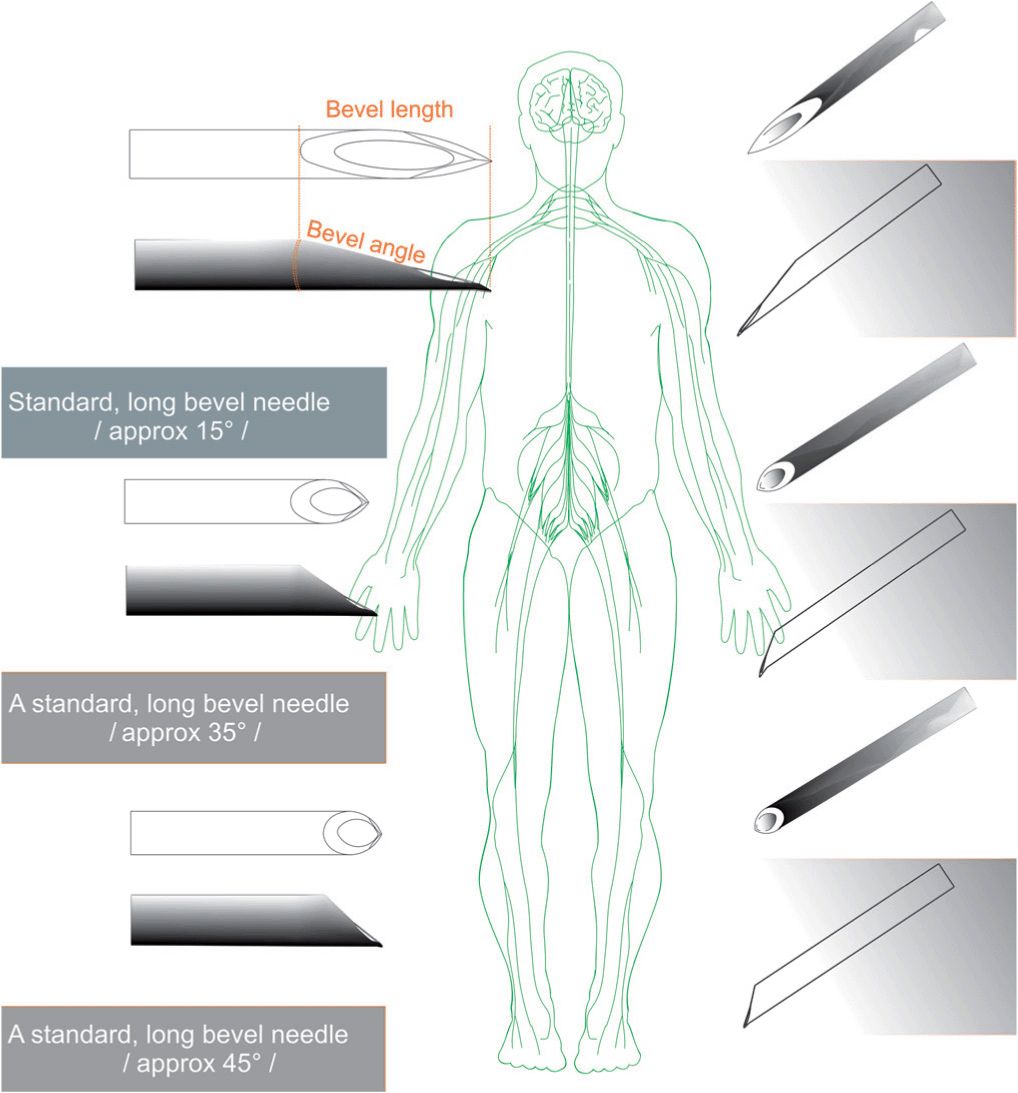
Peripheral Nerve Block Injections
Peripheral Nerve Block Injections of Cellular Therapy and Stem Cells for Musculoskeletal Diseases and Orthopedic Conditions are an advanced therapeutic approach utilized at DrStemCellsThailand‘s Anti-Aging and Regenerative Medicine Center of Thailand to manage pain and promote healing in patients with musculoskeletal diseases and orthopedic conditions such as Joint Disorders (Osteoarthritis (OA), Rheumatoid Arthritis (RA), Post-traumatic Arthritis), Cartilage Damage (Chondromalacia Patellae, Focal Cartilage Defects, Osteochondral Lesions), Ligament and Tendon Injuries (Anterior Cruciate Ligament (ACL) Tears, Rotator Cuff Tears, Tennis Elbow (Lateral Epicondylitis), Golfer’s Elbow (Medial Epicondylitis), Achilles Tendinitis/Tears, Plantar Fasciitis), Bone Disorders (Osteonecrosis; Avascular Necrosis, Bone Fracture Nonunions and Delayed Healing, Stress Fractures, Osteoporosis, Rickets and Osteomalacia), Spine Conditions (Degenerative Disc Disease (DDD), Herniated Disc, Facet Joint Syndrome, Spinal Stenosis, Ankylosing Spondylitis (AS)), Muscle Injuries (Muscle Strains and Tears, Myopathies), Inflammatory and Autoimmune Conditions (Bursitis, Tendinitis), Other Orthopedic Applications (Meniscus Tears of Knee Joints, Labral Tears of Hip or Shoulder Labrum, Patellar Tendinopathy (Jumper’s Knee), Trochanteric Bursitis of Hip, Carpal Tunnel Syndrome of Wrist, Adhesive Capsulitis (Frozen Shoulder)), Sports-Related Injuries (SRI). By delivering Cellular Therapy and Stem Cells for Musculoskeletal Diseases and Orthopedic Conditions directly around specific peripheral nerves, this technique aims to alleviate pain while enhancing tissue regeneration.
Overview of Peripheral Nerve Block Injections
Definition:
Peripheral nerve block injections involve administering anesthetic agents or therapeutic substances, such as Cellular Therapy and Stem Cells, near a peripheral nerve to interrupt pain transmission and facilitate healing in injured tissues.
Purpose:
The primary goals of peripheral nerve block injections include:
- Pain Relief: Immediate reduction of pain by blocking nerve signals.
- Enhanced Recovery: Facilitating the delivery of stem cells or other regenerative therapies to the site of injury or inflammation.
- Functional Improvement: Restoring mobility and function by alleviating pain and promoting healing.
Techniques Utilized in Peripheral Nerve Block Injections
- This technique employs real-time ultrasound imaging to accurately locate nerves and guide needle placement, ensuring precise delivery of the injection.
- Utilizing fluoroscopy for real-time visualization during the injection process enhances accuracy and safety.
Combination with Cellular Therapy and Stem Cells for Musculoskeletal Diseases and Orthopedic Conditions:
- Injecting Mesenchymal Stem Cells (MSCs) or other regenerative agents alongside anesthetics to promote healing while providing immediate pain relief.
- Directly administering the injection to specific nerves associated with the area of pain, maximizing therapeutic effects.
Benefits of Peripheral Nerve Block Injections
- Localized Pain Management: Provides targeted relief without affecting the entire body, minimizing systemic side effects.
- Enhanced Efficacy of Cellular Therapy and Stem Cells for Musculoskeletal Diseases and Orthopedic Conditions: Increases the effectiveness of stem cell treatments by delivering them directly to damaged tissues.
- Rapid Pain Relief: Offers immediate analgesia, allowing patients to engage in rehabilitation activities sooner.
- Minimally Invasive: Represents a less invasive option compared to surgical interventions while still providing significant benefits.
Peripheral nerve block injections are a valuable technique used to manage pain and facilitate recovery in various conditions. Below is a comprehensive list of peripheral nerve block locations in the body:
Peripheral Nerve Block Locations

Cervical Nerve Blocks:
- Cervical Plexus Block: Targets nerves in the neck region.

- Brachial Plexus Block: Anesthesia for the shoulder, arm, and hand.
Thoracic Nerve Blocks:
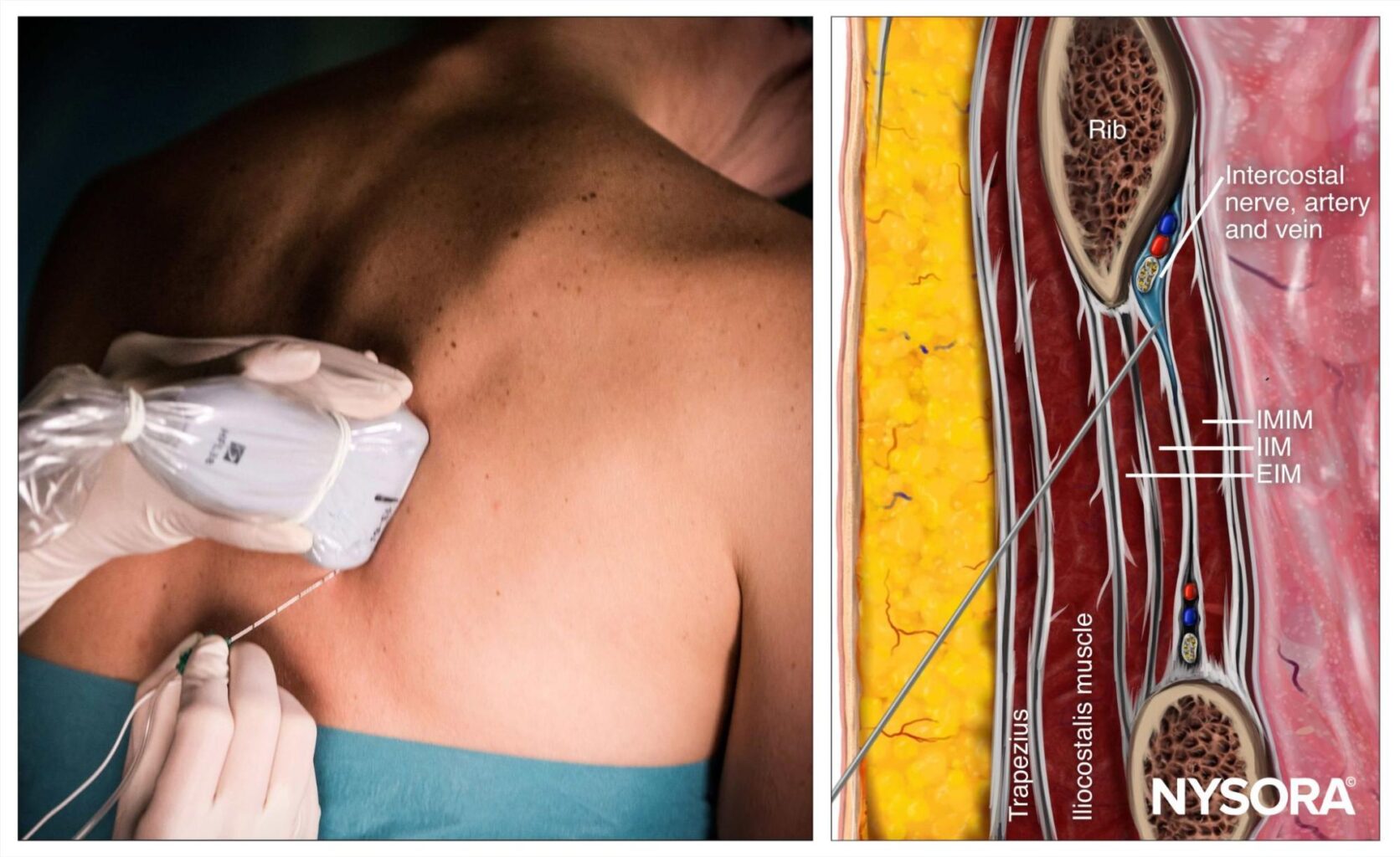
- Intercostal Nerve Block: Targets intercostal nerves between ribs for chest pain relief.
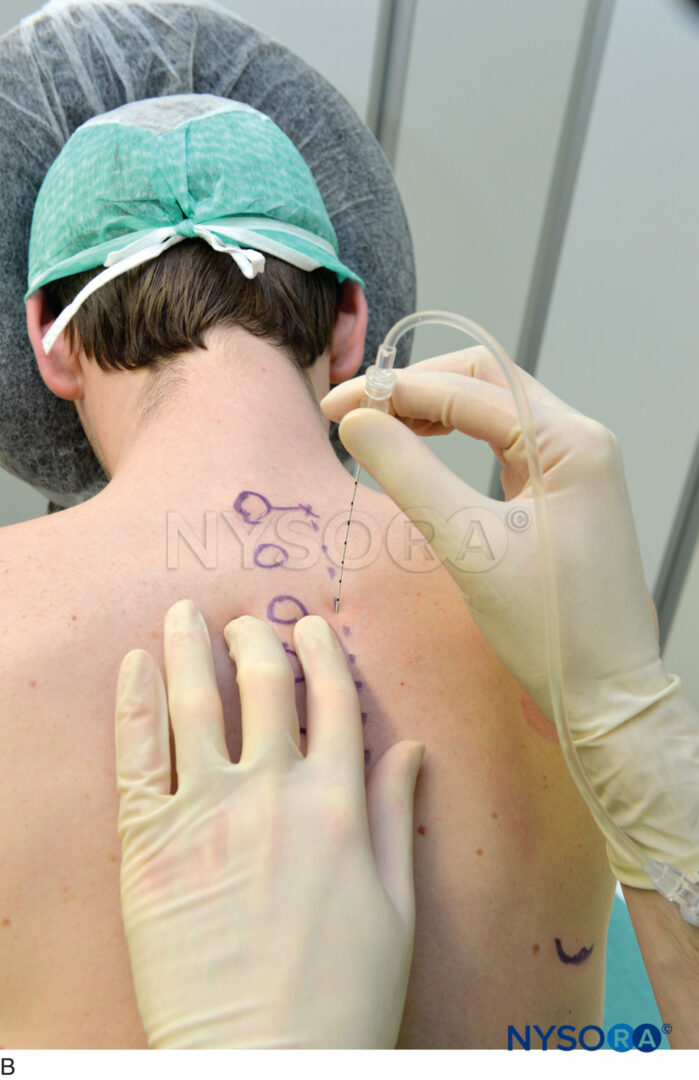
- Thoracic Paravertebral Block: Provides analgesia for thoracic surgery or rib fractures.
Lumbar Nerve Blocks:
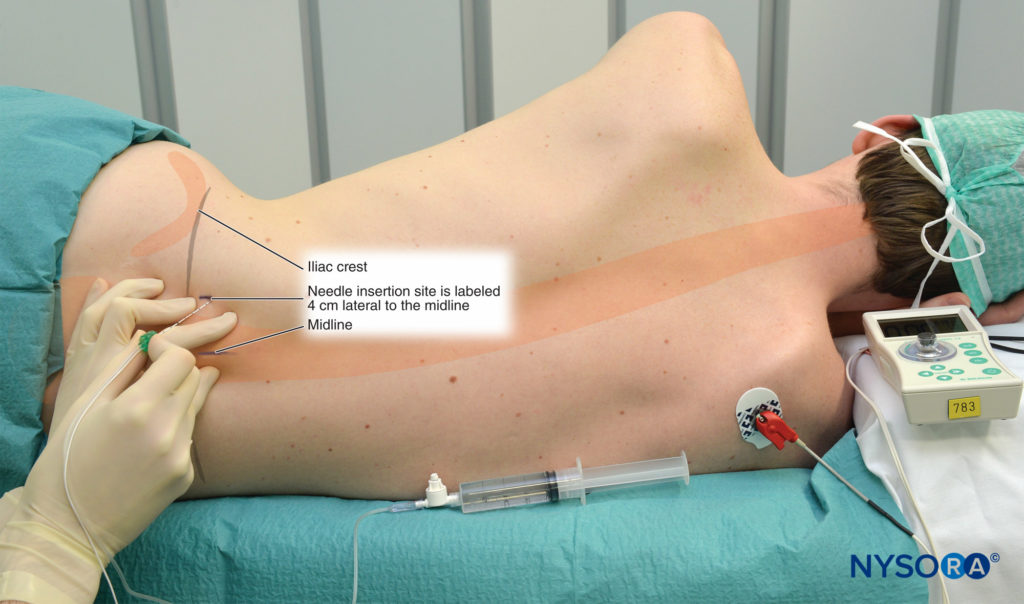
- Lumbar Plexus Block: Anesthesia for the lower abdomen, pelvis, and lower limbs.

- Transforaminal Lumbar Epidural Injection: Targets lumbar nerve roots.
Sacral Nerve Blocks:
- Sacral Plexus Block: Provides anesthesia for the perineum, buttocks, and posterior thighs.

- Caudal Epidural Block: Targets sacral nerve roots for lower back pain relief.
Upper Extremity Nerve Blocks:
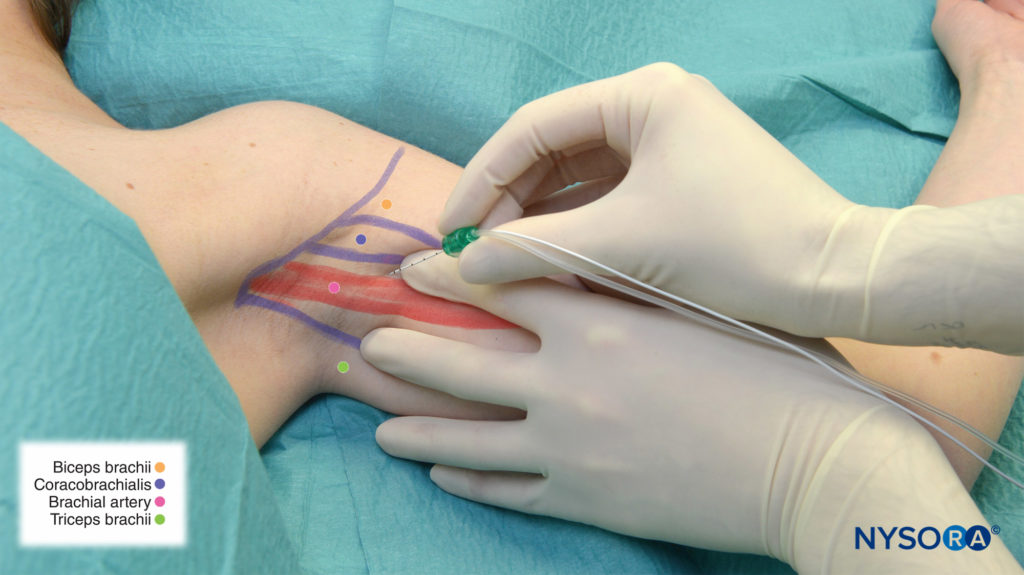
- Axillary Block: Targets nerves in the axilla (armpit) for anesthesia of the arm.
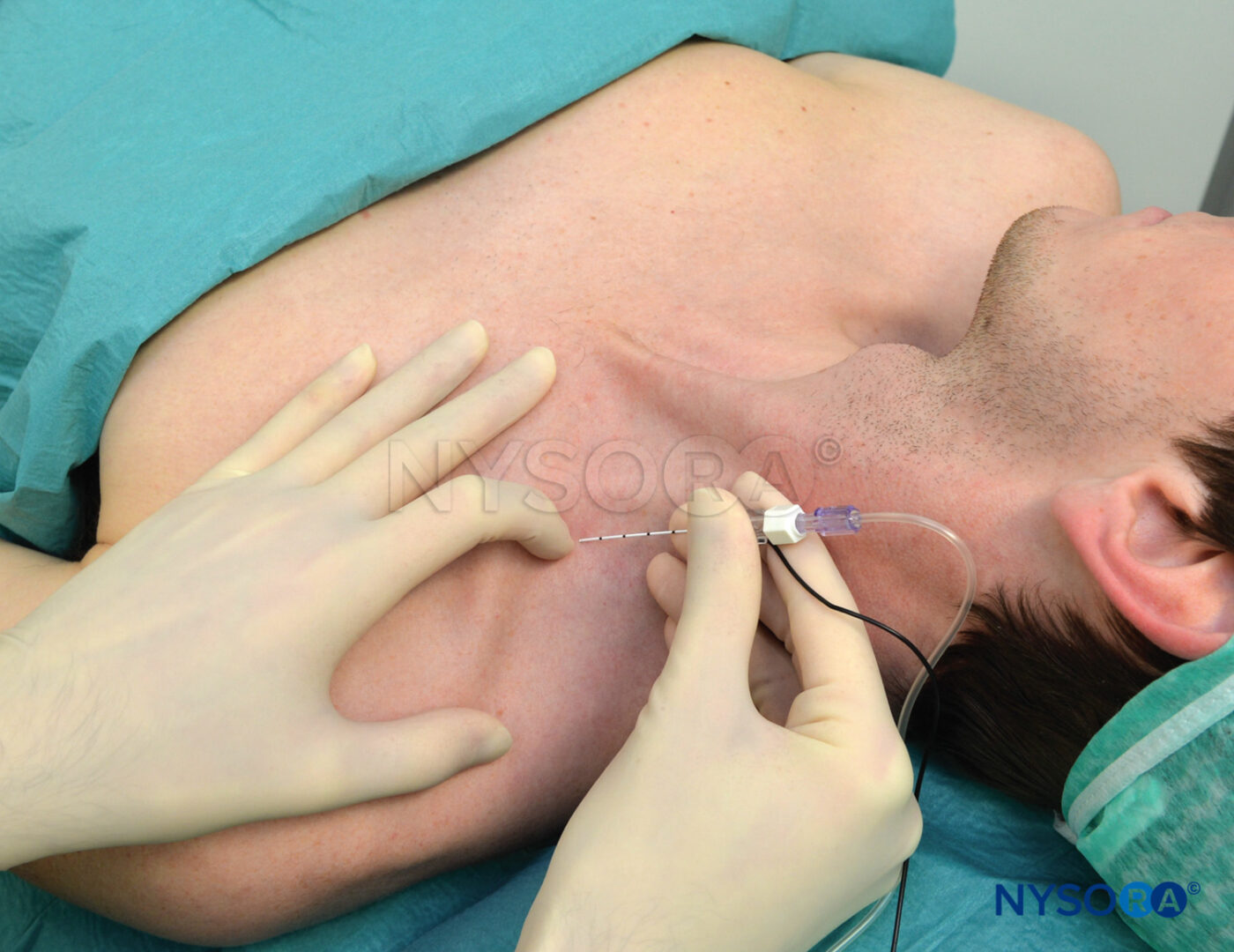
- Supraclavicular Block: Anesthesia for the entire arm by targeting the brachial plexus above the clavicle.
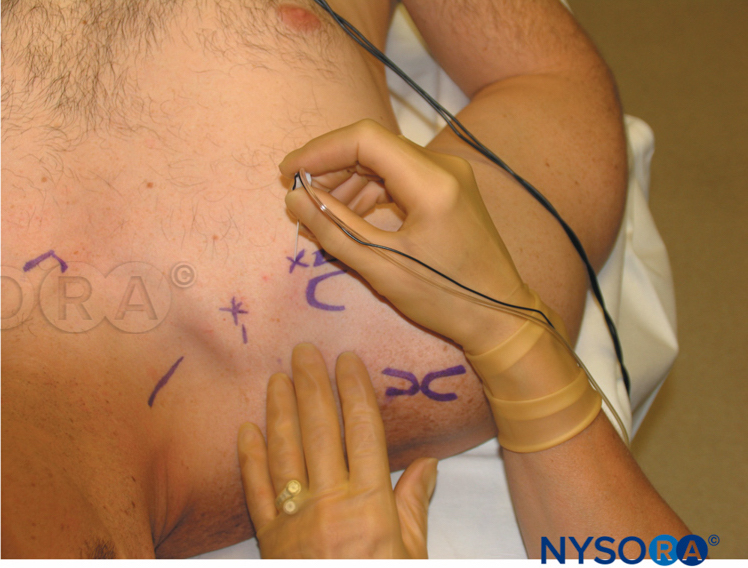
- Infraclavicular Block: Targets brachial plexus below the clavicle.
Lower Extremity Nerve Blocks:
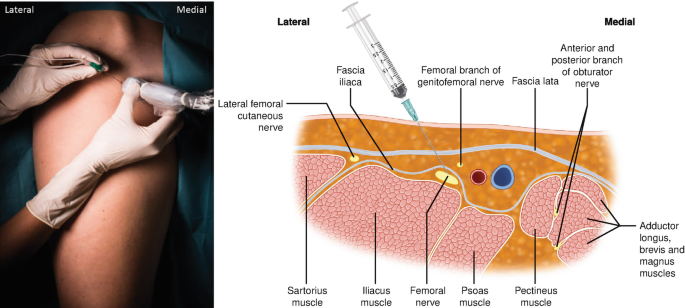
- Femoral Nerve Block: Anesthesia for the anterior thigh and knee.
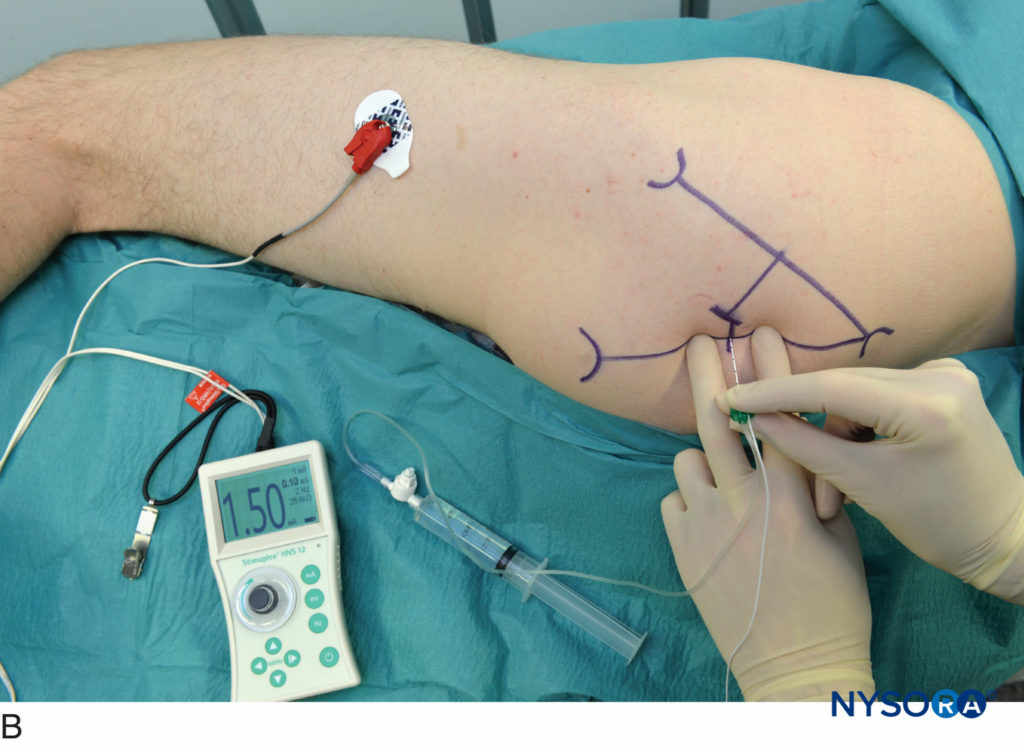
- Sciatic Nerve Block: Provides anesthesia for the posterior thigh, leg, and foot.
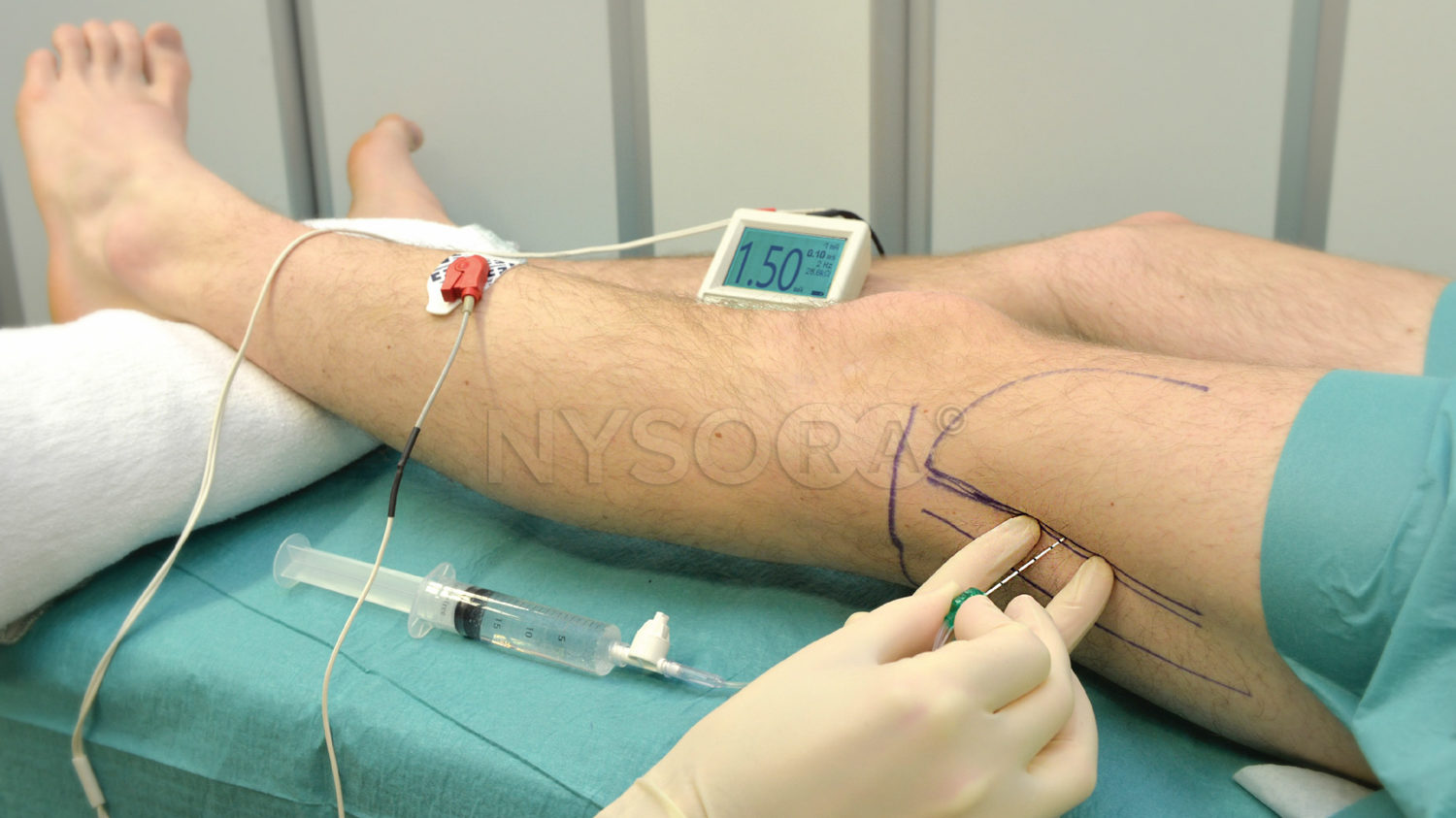
- Popliteal Nerve Block: Targets nerves behind the knee for foot and ankle surgery.
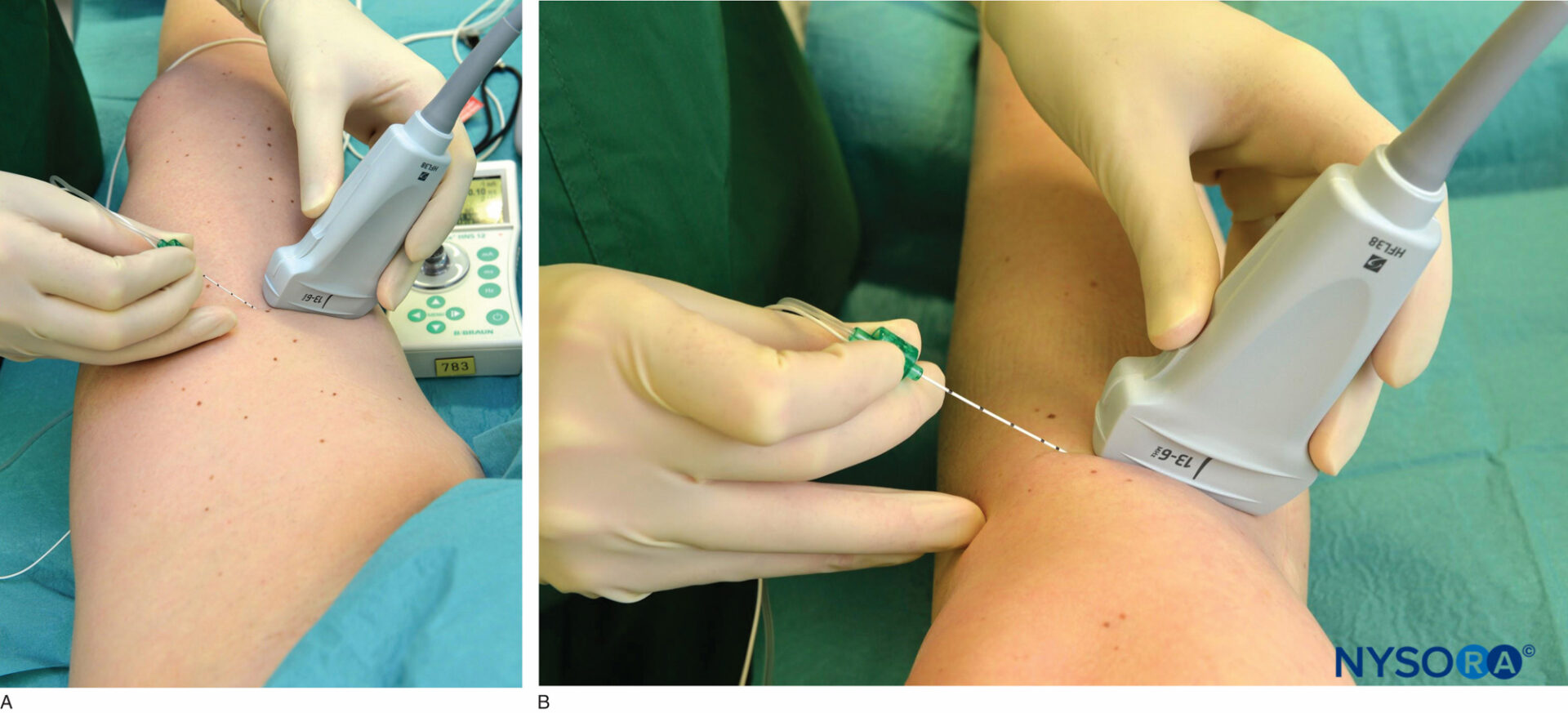
- Saphenous Nerve Block: Anesthesia for medial aspect of the leg and foot.
Other Peripheral Nerve Blocks:
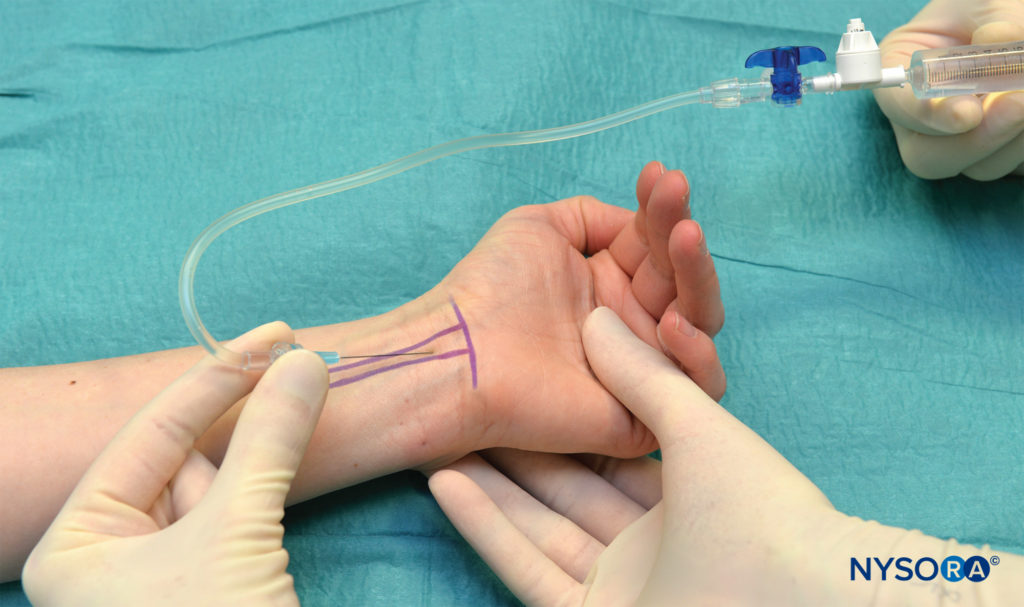
- Median Nerve Block: Anesthesia for the hand and fingers (especially useful in carpal tunnel syndrome).
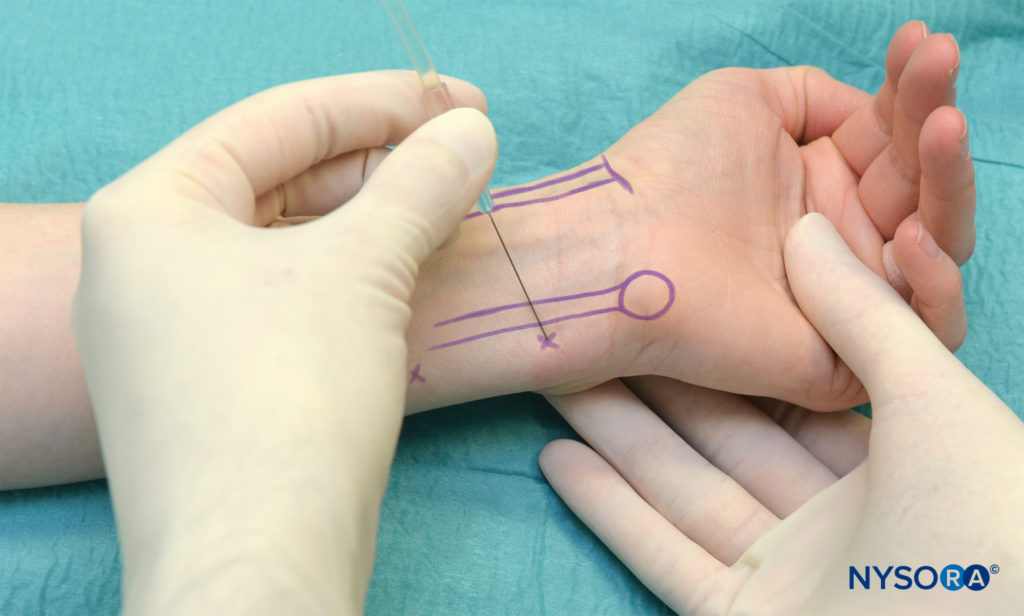
- Ulnar Nerve Block: Targets ulnar nerve for anesthesia of the little finger and half of the ring finger.
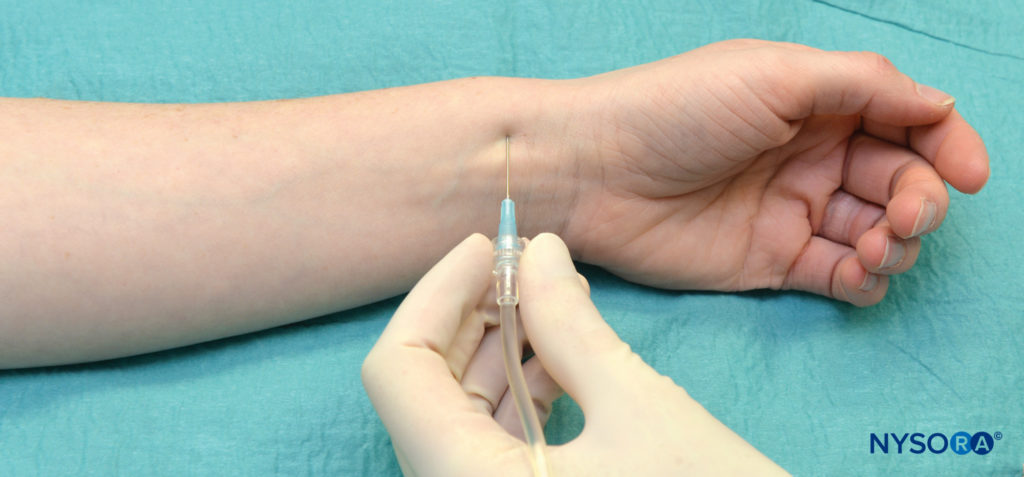
- Radial Nerve Block: Anesthesia for the back of the hand and forearm.
Specific Pain Management Blocks:
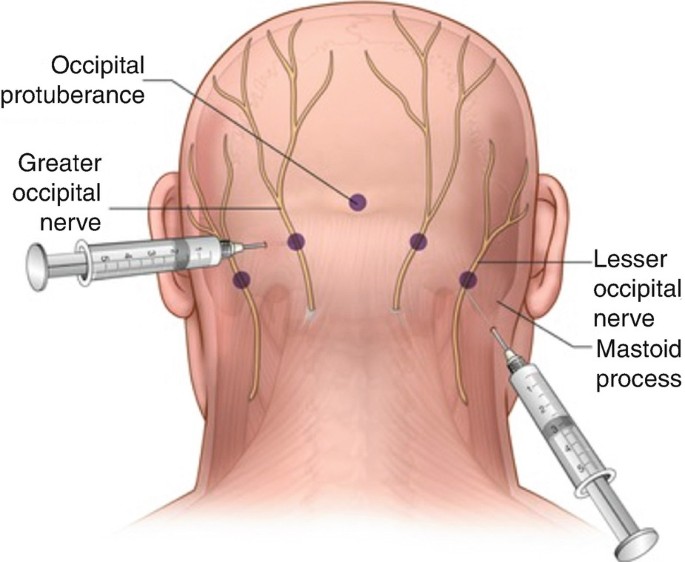
- Greater Occipital Nerve Block: For headaches and migraines.

- Trigeminal Nerve Block: For facial pain management.
Conclusion
Peripheral Nerve Block Injections of Cellular Therapy and Stem Cells for Musculoskeletal Diseases and Orthopedic Conditions can be performed at various anatomical locations throughout the body to provide targeted pain relief and facilitate recovery from musculoskeletal diseases and orthopedic conditions such as Joint Disorders (Osteoarthritis (OA), Rheumatoid Arthritis (RA), Post-traumatic Arthritis), Cartilage Damage (Chondromalacia Patellae, Focal Cartilage Defects, Osteochondral Lesions), Ligament and Tendon Injuries (Anterior Cruciate Ligament (ACL) Tears, Rotator Cuff Tears, Tennis Elbow (Lateral Epicondylitis), Golfer’s Elbow (Medial Epicondylitis), Achilles Tendinitis/Tears, Plantar Fasciitis), Bone Disorders (Osteonecrosis; Avascular Necrosis, Bone Fracture Nonunions and Delayed Healing, Stress Fractures, Osteoporosis, Rickets and Osteomalacia), Spine Conditions (Degenerative Disc Disease (DDD), Herniated Disc, Facet Joint Syndrome, Spinal Stenosis, Ankylosing Spondylitis (AS)), Muscle Injuries (Muscle Strains and Tears, Myopathies), Inflammatory and Autoimmune Conditions (Bursitis, Tendinitis), Other Orthopedic Applications (Meniscus Tears of Knee Joints, Labral Tears of Hip or Shoulder Labrum, Patellar Tendinopathy (Jumper’s Knee), Trochanteric Bursitis of Hip, Carpal Tunnel Syndrome of Wrist, Adhesive Capsulitis (Frozen Shoulder)), Sports-Related Injuries (SRI). By utilizing advanced imaging techniques such as ultrasound or fluoroscopy, practitioners can ensure precise delivery of anesthetic agents or Cellular Therapy and Stem Cells to enhance therapeutic outcomes. For more information or to schedule a consultation about peripheral nerve block injections at DrStemCellsThailand‘s Anti-Aging and Regenerative Medicine Center of Thailand, please visit our website or contact our team directly.
Consult with Our Team of Experts Now!
References
- Peripheral Nerve Blocks: Techniques and Applications
This article reviews various techniques for performing peripheral nerve blocks and their applications in pain management.
DOI: 10.1016/j.jdiacomp.2020.107646 - Ultrasound-Guided Peripheral Nerve Blocks
This study discusses the efficacy and safety of ultrasound-guided techniques for performing peripheral nerve blocks in clinical practice.
DOI: 10.1016/j.jbspin.2020.01.002 - The Role of Stem Cells in Pain Management
This review highlights the potential benefits of integrating stem cell therapies with traditional pain management techniques, including peripheral nerve blocks.
DOI: 10.1016/j.stemcr.2021.05.005















